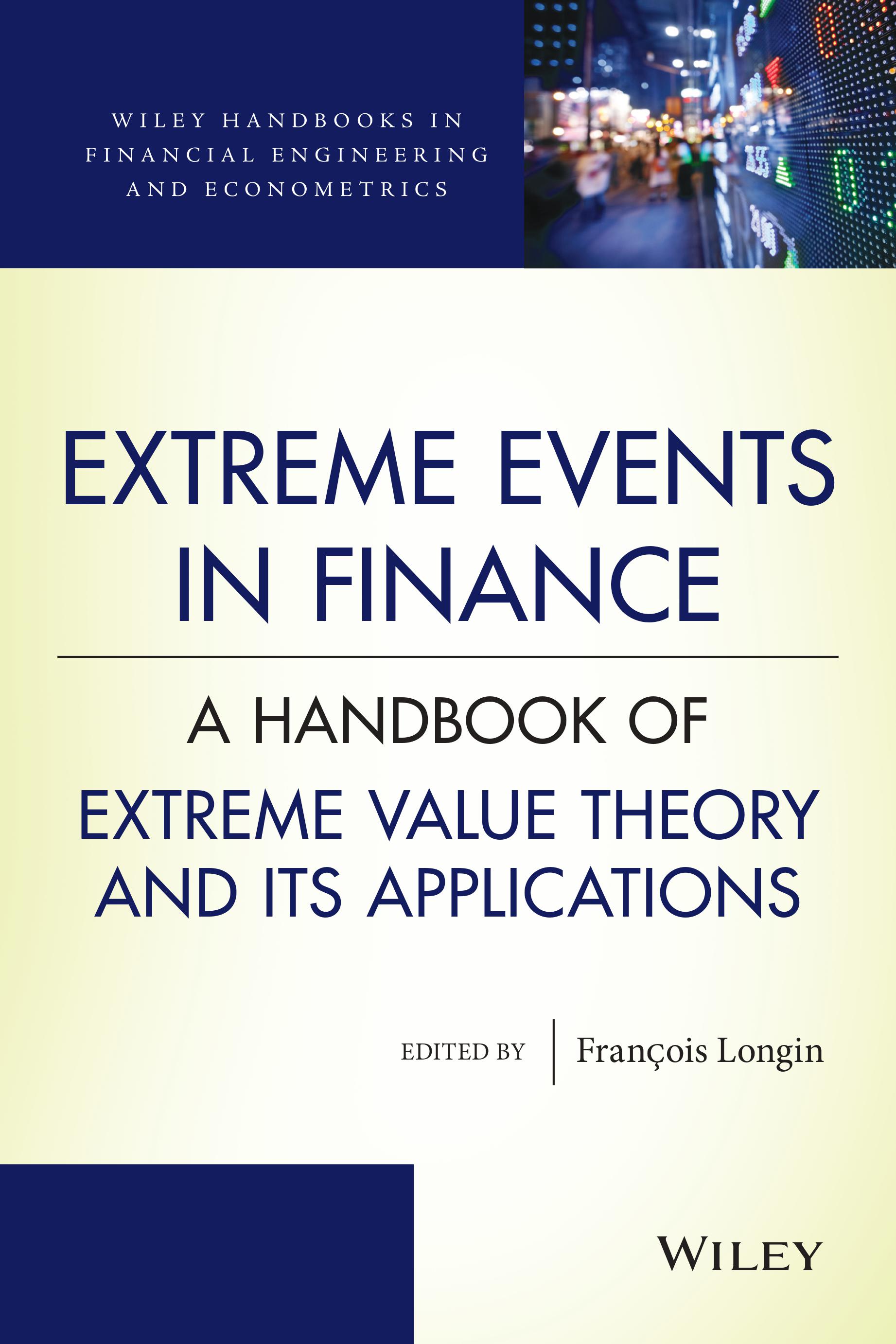The choice of the distribution of asset returns:
|
||
|
Statistical distribution of asset returns The statistical distribution of asset returns plays a central role in financial modeling. Assumptions on the behavior of market prices are necessary to test asset pricing theories, to build optimal portfolios by computing risk/return efficient frontiers, to value derivatives and define the hedging strategy over time, and to measure and manage financial risks. However, neither economic theory nor statistical theory exist to assess the exact distribution of returns. Distributions used in empirical and theoretical research are always the result of an assumption or estimation using data. The paradigm adopted in finance is the Gaussian distribution. Asset allocation models and option pricing models have assumed a Brownian motion for the price of the underlying asset. Such an assumption implies a Gaussian distribution for returns. More recently, with the changes in the banking and financial regulation, value-at-risk models implemented by financial institutions also rely intensively on the Gaussian distribution. The choice of the statistical distribution of asset returns Although normality is the paradigm in financial modeling, several alternatives have been considered. The main reason for looking at other models is that there is a growing evidence that the Gaussian distribution tends to underestimate the weight of the extreme returns contained in the distribution tails. For example, the stock market crashes of 1929 and 1987, corresponding to daily market drops of more than 10% and 20% respectively, are very unlikely in a world governed by normality. Several other candidates have been proposed in the academic literature and used with more or less success by practitioners. Among the alternatives, we can cite mixtures of Gaussian distributions, stable Paretian distributions, Student-t distributions and the class of ARCH processes. One problem with these alternatives is that they are not nested and then not directly comparable (by carrying out a likelihood ratio test for example). How extreme value theory can help? In this chapter I propose a method which allows one to discriminate among these different models. I look at the two extreme parts of the distribution: the left tail and the right tail. The form of the tails is different for the models cited above as the weight of extremes varies. I use extreme value theory, which provides a measure of the importance of extremes in the distribution of returns. This measure called the tail index is used to build a formal test to discriminate among the models commonly used. This chapter shows how extreme value theory can be useful to know more precisely the characteristics of the distribution of asset returns. It helps to choose a better model by focusing on the tails of the distribution. An empirical analysis using equity data of the US market is provided to illustrate this point. Related contributions |
||

|

|
François LonginESSEC Business School |
|




